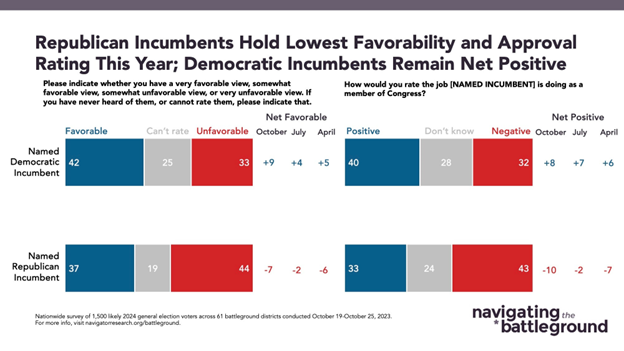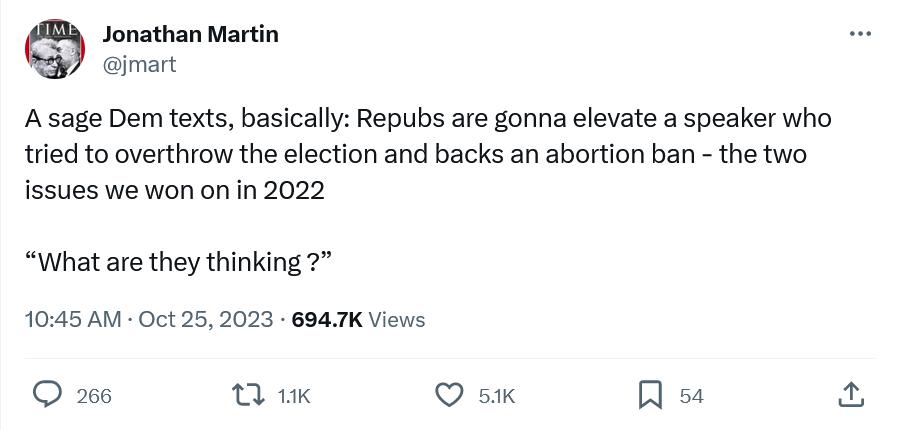The Daily Escape:

Manhattan Beach Pier, CA – December 31, 2023 photo by Michael Franich
Welcome to Wrongo’s first column of 2024. Let’s dispense with the reviews of last year and the forecasts of this year. Let’s try to describe what we’re all feeling as we say so long to the presidential campaign of 2023, and welcome in the presidential campaign of 2024.
What’s the overwhelming feeling that comes to mind for Americans when thinking about the upcoming presidential election? Dread, according to a Yahoo News/YouGov poll:
“The survey of 1,636 US adults…offered respondents seven emotions — three positive, three negative, one neutral — and asked them to select any and all that reflect their attitude toward the 2024 campaign.
Dread, the most negative option, topped the list (41%), followed by exhaustion (34%), optimism (25%), depression (21%), indifference (17%), excitement (15%) and delight (5%).”
Here’s the relevant chart:
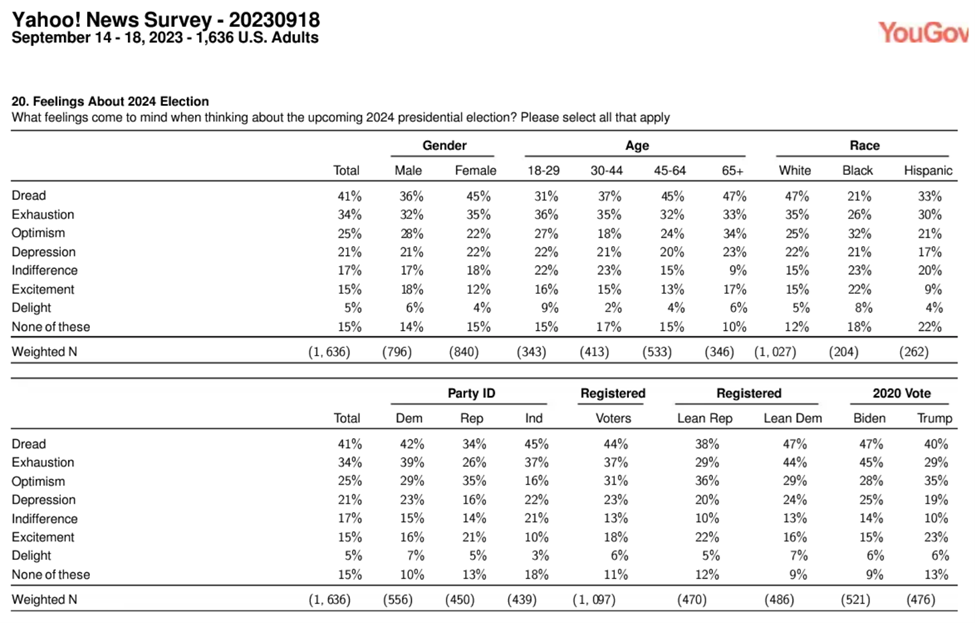
More:
“In total, a majority of Americans (56%) chose at least one of the three negative feelings (dread, exhaustion or depression), while less than a third (32%) picked at least one of the three positive feelings (optimism, excitement or delight).”
Wrongo test marketed the idea that “dread” was the watchword for 2024 at a New Year’s breakfast with people who span the political spectrum. They universally hated it, but after a short discussion felt it was arguably, the dominant feeling that they had about what will/might happen in 2024.
From the issue:
“We are feeling an acute sense of loss….But what do you call the feeling of watching your society being taken over by fanatics, monsters, and lunatics? How about the feeling of watching democracy crash and burn—remember, it’s declining by the stunning rate of about 10% a decade, putting its extinction within our lifetimes.”
Psychology Today gives us a frame to think about dread in their 2023 article, “How to Overcome the Sinking Feeling of Dread”: (emphasis by Wrongo)
“A sense of dread may be due to an abstractly internalized experience of external volatility called “disembedding”….This phenomenon refers to our ability to interact with one another without having to make face-to-face contact. The result is an overabundance of information that comes our way. It becomes abstracted and metaphorically slips through the fingers of our minds in trying to grasp what it is. With a few clicks through an Instagram feed, scrolling through Twitter, or even just opening your web browser to search for something, your brain becomes a dartboard for world news.”
More:
“When one experiences this, there are often repeated attempts to secure a firm base. People will reassert their values as moral absolutes, declare other groups as lacking in value, draw distinct lines of virtue and vice, be rigid rather than flexible in their judgements, and punitive and excluding rather than permeable and assimilative….Another consequence of disembedding is the possibility of scapegoating: the underclass, racial minorities, new-age travelers, addicts, people with unusual behaviors, and other vulnerable social groups risk being singled out and demonized as the source of society’s problems.”
Dread makes us less tolerant of differences, and as a result, we punish them. This is the emotional backdrop for 2024, and the road ahead looks murky as hell. And facts increasingly don’t matter, since whichever side posits a fact, the other has a prepared rebuttal that says the source (even if its official statistics) are misleading if not outright lies.
The NYT’s Krugman notes that overall, the country’s in pretty good shape. The challenge is that people so far continue to blame Biden for the chaos and ugliness that Trump and his cult are creating: (brackets by Wrongo)
“The big question…was whether America would ever fully recover from that shock. In 2023 we got the answer: yes. Our economy and society have, in fact, healed remarkably well. The big remaining question is when, if ever, the public will be ready to accept the good news….America’s resilience in the face of the pandemic shock has been remarkable, [but] so has the pessimism of the public.”
The big question going forward is whether the grim narratives will prevail over our relatively sunny reality when we get to the 2024 election. Unfortunately, we are bathing in the hideous cultural nastiness caused by the Republican Right and it’s spread despair throughout the country.
Overcoming that mood (and the dread people feel) isn’t going to be easy, but disaster is certain if you give up. Individually, we each can do more than we think we can to keep America in good hands.
Start by no longer buying into the bullshit spewed by the mainstream media, in particular, the NYT. Their both sides coverage of Trump’s crooked behavior demonstrates their inability to let us know how real his threat is to the public.
The rest of the corporate media’s coverage is the same, with a few exceptions. Don’t overlook outlets abroad which had good reputations for thorough and unbiased reporting. In the age of the internet with translation capability at your fingertips, it’s not absurd to look outside of the US news rut for different perspectives.
As long as the GOP can paint the Democrats as the bigger enemy, Independent and anti-Trump Republican voters have an out; they can justify staying on the sidelines. The mainstream media’s complicit role in broadcasting the GOP strategy can’t be overstated. And the Democratic Party leadership’s long-term paralysis in the face of this simple equation is one reason why we’re in the situation we are in now.
Stop ascribing superpowers to the GOP. The Republican Party is a hot mess.
No matter what you read, act! Make a plan and act. It can be surprisingly easy to become a thought leader on the local level. Inside both Parties, the leaders are the people who show up and do the work. That’s it, that’s all it takes to begin making change happen. Show up, do the work.
We’re heading into what will be the toughest part of an existential fight for this democracy. It’s going to be an ugly, messy show, one that is certain to add to those feelings of dread. Plan on it and then show up to do the work it will take to beat back the fascists.
Think about the toll Americans will endure in 2024. How many women will die of complications from a pregnancy they couldn’t end? How many trans persons will give up because they can’t live as human beings with autonomy over their bodies? How many persons will die from Covid this coming year because of right-wing propaganda supported by elected GOP officials? How many futures will be shortened because children may not get the food, health care, or education they need?
How many families will be split up because they couldn’t find shelter?
Our message when we’re doing the work has to be about unity. It’s clear right now that Democrats are splintering in all directions. Some don’t want Biden because he’s pro-Israel. Young people find Biden to be too old. Some feel he’s too middle-of-the-road. We all need to remember American novelist Rebecca Solnit’s mantra:
“Voting is a chess move, not a valentine.”

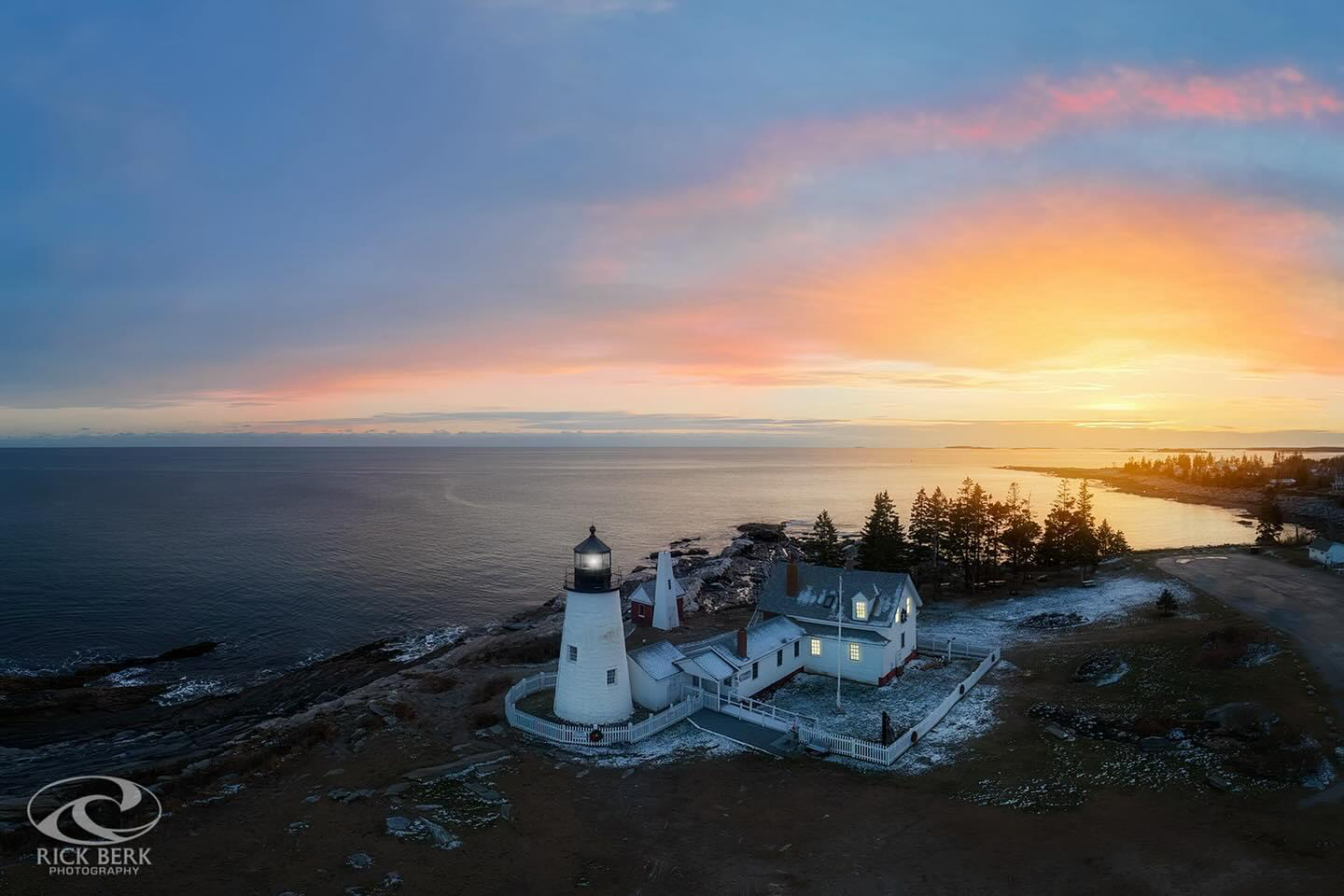
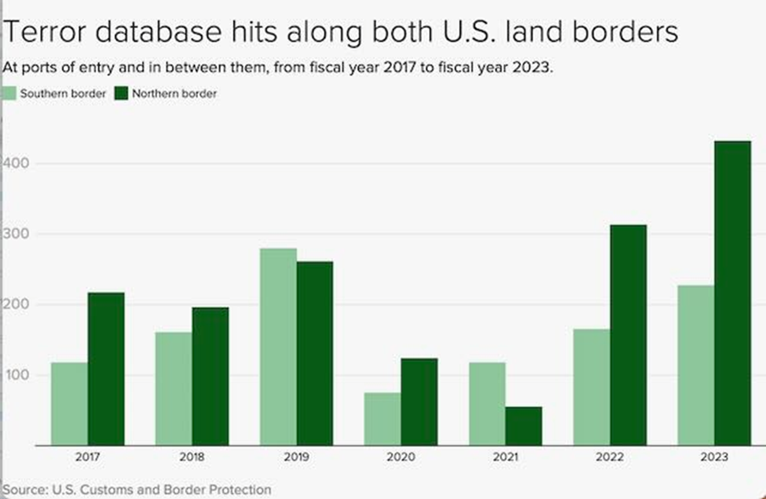



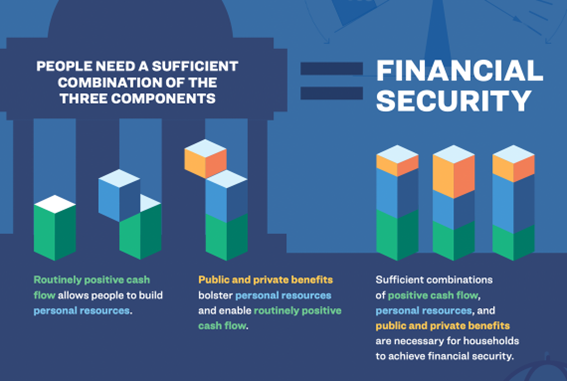
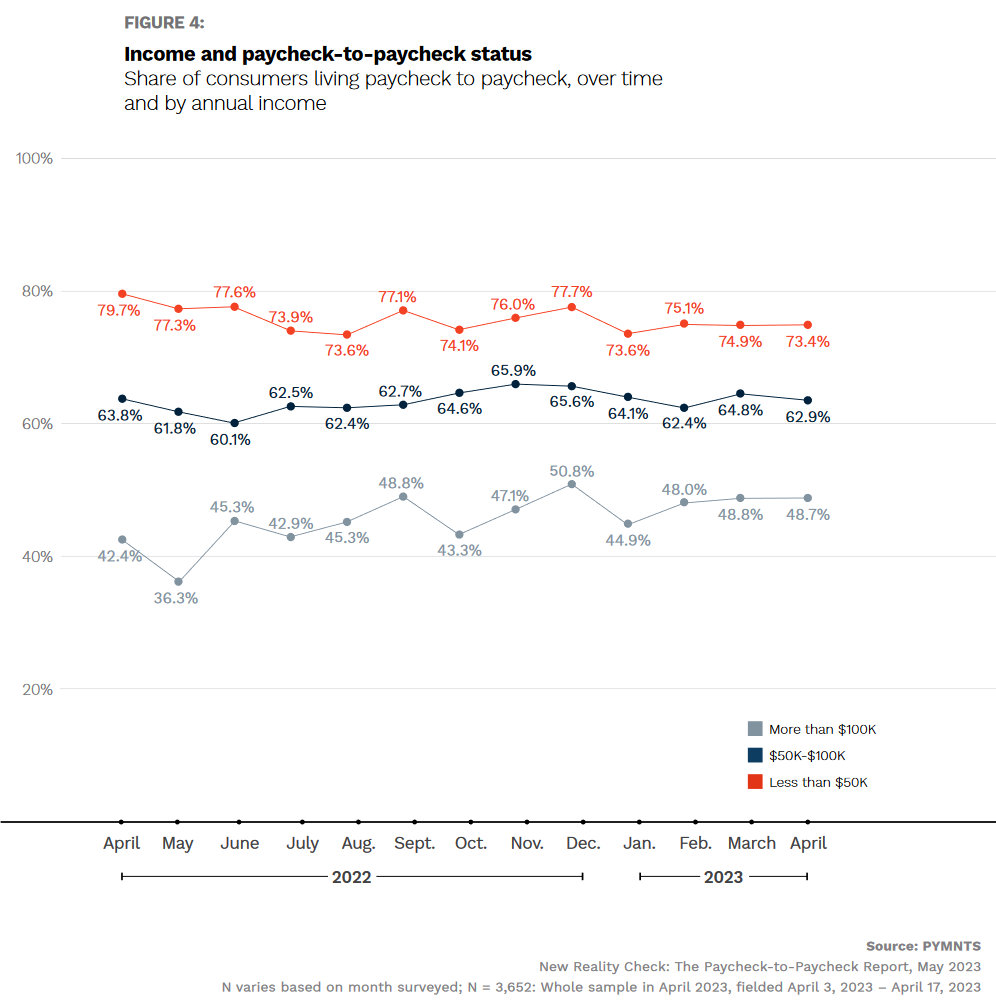



 Yellow Ocotillo in bloom, Anza-Borrego SP, CA – November 2023 photo by
Yellow Ocotillo in bloom, Anza-Borrego SP, CA – November 2023 photo by 